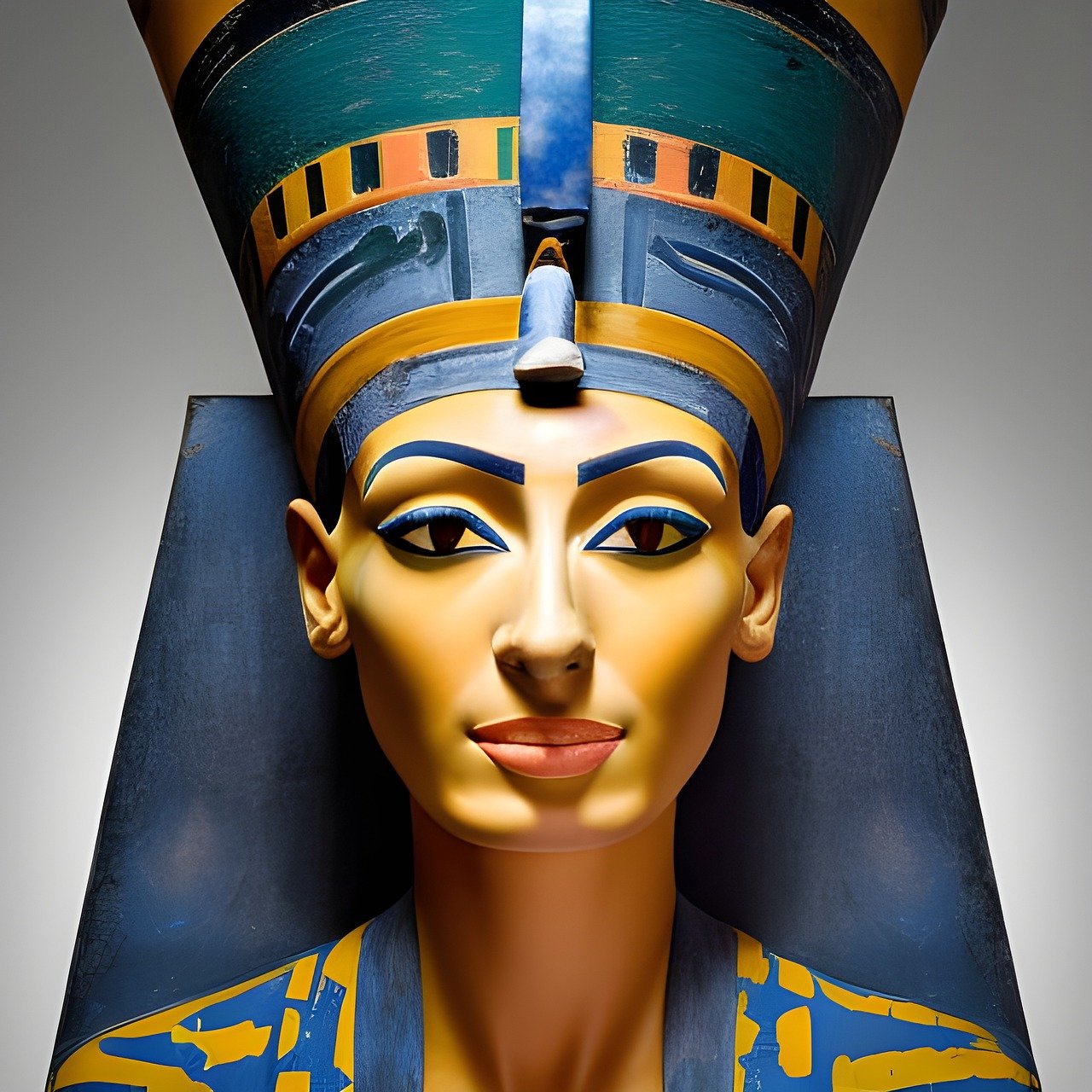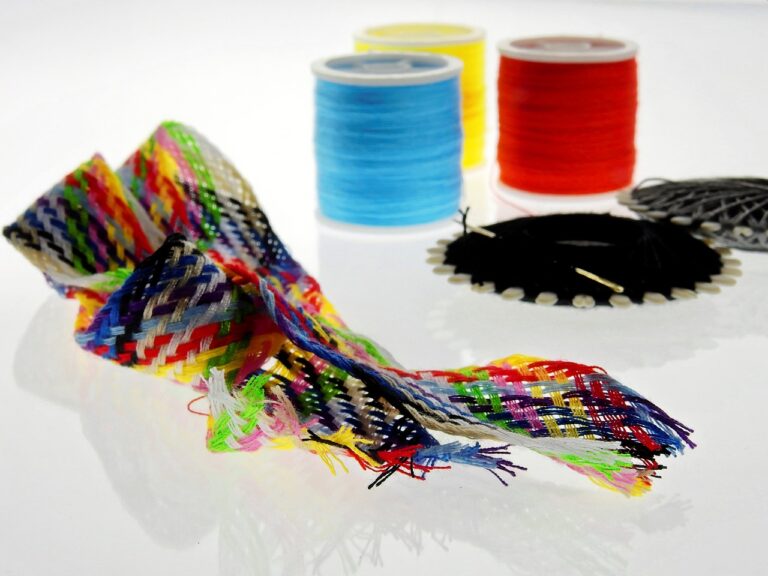The Intersection of Fashion and Technology: Smart Fabrics and Wearable Tech
Smart fabrics are revolutionizing the fashion industry by seamlessly integrating technology into clothing. These innovative textiles have the capability to adapt to their environments, making them versatile and dynamic. With the ability to change color, adjust temperature, and even monitor health metrics, smart fabrics are paving the way for a new era of interactive and functional fashion.
Fashion designers are now exploring the endless possibilities that smart fabrics offer, pushing the boundaries of creativity and utility in clothing design. From self-cleaning fabrics to garments that can charge electronic devices, the potential applications of smart fabrics are vast. As consumers seek more personalized and tech-savvy products, the integration of smart fabrics into fashion will continue to grow, shaping the future of the industry.
Wearable Tech: Function meets Fashion
In the ever-evolving landscape of fashion, wearable technology has emerged as a pioneering trend that seamlessly fuses functionality with style. From fitness trackers to smartwatches, these innovative pieces are not just accessories, but integral components of everyday life. The marriage of technology and fashion has paved the way for a new era of self-expression and convenience in the way we adorn ourselves.
As consumers increasingly seek products that offer both utility and aesthetics, the demand for wearable tech continues to soar. Designers and tech companies are collaborating to create garments and accessories that not only look good but also serve a practical purpose. Whether it’s clothing with built-in sensors or jewelry that tracks health metrics, the integration of technology into fashion has opened up a world of possibilities for personal expression and enhanced functionality.
• Wearable technology seamlessly fuses functionality with style
• Fitness trackers and smartwatches are now integral components of everyday life
• The marriage of technology and fashion allows for self-expression and convenience in adornment
• Consumers demand products that offer utility as well as aesthetics
• Designers and tech companies collaborate to create garments and accessories with practical purpose
• Clothing with built-in sensors and jewelry that tracks health metrics are examples of integrated technology in fashion
The Evolution of Smart Fabrics in the Fashion Industry
Smart fabrics have marked a significant shift in the fashion industry, revolutionizing the way we perceive clothing. These innovative materials incorporate technology seamlessly into fashion pieces, enhancing both the aesthetics and functionality of garments. From temperature-regulating fabrics to moisture-wicking textiles, smart fabrics have opened up a world of possibilities for designers to create cutting-edge apparel that caters to the modern consumer’s needs.
As the demand for sustainable and multipurpose clothing grows, the evolution of smart fabrics continues to gain momentum. Designers are harnessing the power of these advanced textiles to create versatile pieces that can adapt to various environments and activities. Whether it’s a dress that changes color with the touch of a button or a jacket that provides heating capabilities in cold weather, smart fabrics are reshaping the boundaries of traditional fashion design.
What are smart fabrics?
Smart fabrics are materials that have been enhanced with technology to provide additional functionality, such as temperature regulation, moisture-wicking properties, or the ability to interact with electronic devices.
How are smart fabrics being used in the fashion industry?
Smart fabrics are being used in a variety of ways in the fashion industry, including in clothing that can monitor health metrics, change color or pattern based on external stimuli, or even generate energy.
What is the future of smart fabrics in fashion?
The future of smart fabrics in fashion is bright, with designers and manufacturers constantly pushing the boundaries of what is possible. We can expect to see even more innovative uses of technology in clothing in the coming years.
Are smart fabrics only for high-tech fashion brands?
No, smart fabrics are becoming more accessible to a wider range of fashion brands and consumers. As technology advances and production costs decrease, we can expect to see smart fabrics becoming more common in everyday clothing.
How do smart fabrics impact sustainability in the fashion industry?
Smart fabrics can help improve sustainability in the fashion industry by reducing waste, improving energy efficiency, and creating more durable and long-lasting clothing. Additionally, some smart fabrics are made from recycled materials or have biodegradable properties.







